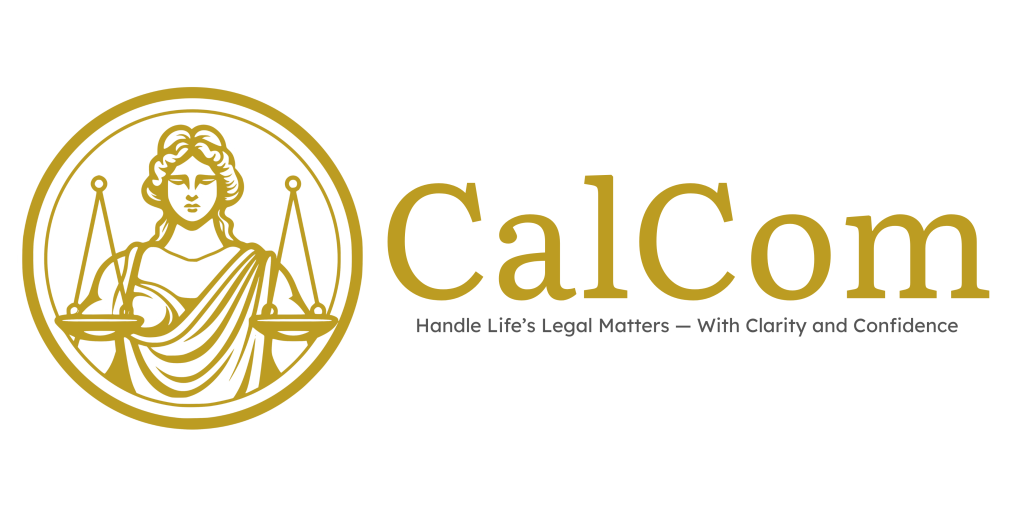Renting a home is one of the most common ways people secure housing in the United States. Whether you’re moving into your first apartment or relocating to a new city, it’s important to understand the terms and expectations that come with signing a lease. A lease agreement is more than just a formality; it sets the conditions for your living situation and outlines your responsibilities, as well as those of the property owner or manager. Unfortunately, many renters sign leases without fully understanding what they are agreeing to. This article will walk you through the essential elements of a lease and provide guidance to help you make informed decisions before committing to a rental.
First, it’s important to understand what a lease is and what it does. A lease is a legally binding written agreement between a renter and a property owner or manager. It defines the length of your stay, the amount of rent you’ll pay, how and when that rent is due, and the rules governing your use of the property. Once signed, you are legally obligated to follow its terms, just as the property owner is. Because of this, it’s essential that you carefully review the lease in full before signing. Don’t feel pressured to sign on the spot. Take a copy home, read it thoroughly, and make sure everything makes sense to you.
One of the first things to review is the rent section. This includes the monthly rent amount, when it’s due each month, and whether there’s a grace period for late payments. You’ll also want to understand how payments should be made—whether by check, bank transfer, or an online system—and what fees apply if you’re late. Make sure the lease spells out how increases to rent will be handled and if the rate is fixed for the duration of your lease term.
Next, pay attention to maintenance and repair terms. The lease should clearly state who is responsible for maintaining certain parts of the unit, such as plumbing or heating systems. It should also include procedures for reporting problems and expected response times. While property owners are typically responsible for major repairs and structural upkeep, you may be responsible for minor issues or day-to-day cleaning and maintenance. Understanding this balance is key to avoiding disputes later.
Utilities are another area that often causes confusion. The lease should indicate which services are included in your rent and which you are expected to set up and pay for separately. These may include electricity, water, gas, trash collection, and internet service. Clarify any vague wording around “shared” utilities or flat-rate charges, and always confirm which utility accounts are in your name versus the property owner’s.
Restrictions outlined in the lease are also worth a close look. These include rules about pets, guests, noise, smoking, subletting, or making changes to the unit. Some leases prohibit tenants from putting holes in the walls or repainting. Others might limit how long guests can stay before being considered additional occupants. These terms can significantly affect your comfort and flexibility in the space, so don’t overlook them.
Renewal and move-out procedures should be included in the lease as well. Some leases are fixed-term, meaning they run for a set period—usually 12 months—and require a new agreement to renew. Others are month-to-month and automatically renew unless notice is given. Understand how much advance notice is required if you plan to move out, and whether you’ll face penalties for breaking the lease early. Some agreements include early termination clauses that specify fees or conditions for leaving before the term is up.
Security deposits are another important topic. This is the upfront amount you pay to cover potential damages or unpaid rent. The lease should explain how much is required, what it can be used for, and how and when it will be returned to you after you move out. In many states, the property owner is required to return the deposit within a certain timeframe and provide an itemized list of any deductions. Be sure to document the condition of the rental when you move in by taking photos and noting any pre-existing damage. This will help you recover your full deposit later.
Renters should also be aware of their right to privacy. While the property owner has a right to enter the unit for repairs or inspections, they generally must provide advance notice—often 24 to 48 hours. The lease should explain how and when entry is allowed. If it doesn’t, be sure to ask for clarification or request the information be added.
If you’re living with roommates, make sure each person is named on the lease. Otherwise, one tenant could be held fully responsible for rent or damages. Having everyone listed protects all parties and ensures clear expectations. Additionally, if you’re subletting—either as a subletter or a tenant offering your space to someone else—the lease must allow it. Subletting without permission can lead to eviction, even if the original rent is paid on time.
Finally, make sure to keep a signed copy of your lease, along with any communication you’ve had with the property owner or manager. Email is best for record-keeping, especially for repair requests, notices, or agreements. Staying organized can help resolve any issues more easily if they arise during your tenancy.
In summary, signing a lease is a serious commitment, and it’s worth taking the time to understand exactly what you’re agreeing to. By reading carefully, asking questions, and clarifying terms before you move in, you’re protecting yourself from confusion and potential conflict later on. Whether it’s your first time renting or you’ve moved multiple times, knowing your responsibilities and rights will help you feel more confident and in control of your living situation.
At CalCom, we’re here to make that process clearer. Our tools and resources are designed to help renters like you understand your agreements, prepare for common issues, and feel empowered in every step of your housing journey.

